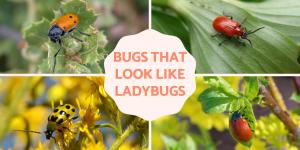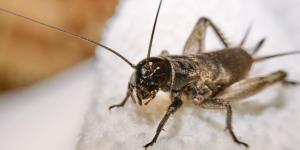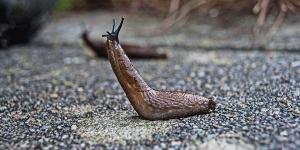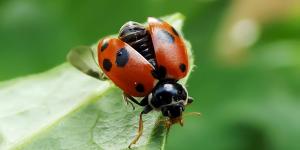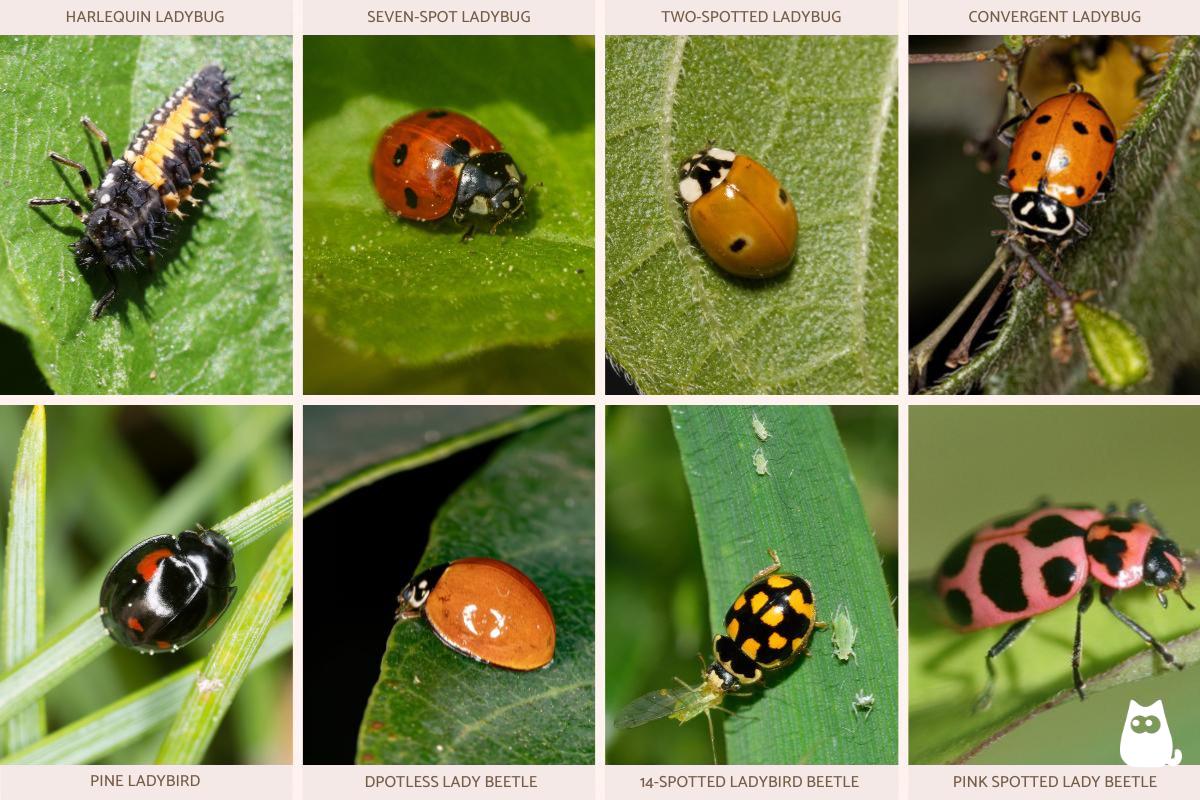Are Ladybugs Toxic to Humans?


Ladybugs are toxic, but their ability to cause harm to humans is minimal. There are more than 6,000 individual insect spcies in the family Coccinellidae, the family to which all ladybugs belong. Also known as ladybirds, ladybugs are noted for their colorful forewings known as elytra. They are often red with black spots, but the variations can vary considerably. Common in many parks and gardens, they are relatively docile and can often be picked up by hand. Knowing whether ladybugs are poisonous is important for this reason. This is especially the case with curious children.
AnimalWised helps to understand the potential danger these insects pose by asking are ladybugs toxic to humans? We look at possible poisonous ladybug species, as well as how to stay safe when handling these small beetles.
Are ladybugs toxic?
Yes, ladybugs are indeed toxic. Their bodies contain certain alkaloid compounds that have mild toxicity. Other alkaloids can also be toxic in high concentrations. These toxins are contained within their body, but they can also be secreted as a form of defense. The toxins are secreted from their leg joints via hemolymph, a substance in insects which acts similar to blood in vertebrate animals.
Ladybugs have a characteristic aposematism. Brightly colored markings appear on their elytra, hardened forewings which are usually some combination of black, red or orange. Some of the most common ladybug species have distinctive dots on their elytra. These patterns warn potential predators of their toxicty, meaning they are most likely going to avoid consuming them.
While ladybugs can secrete toxins in hemolymph, this is not a very powerful defense. Unlike a skunk which has a pwoerful spray to deter predators, ladybug toxins will not send predators running. The reason for their aposematism is that they will be very unpalatable to animals if they are consumed as food. There are a few invertebrate species which appear to be resistant to this.
As we stated in the introduction, there are over 6,000 types of ladybug species in the family Coccinellidae. Some of these are more toxic than others. There is a general trend where ladybugs with brighter colors tend to be more toxic, but this is not a strict rule. Some species with duller colors can also have relatively high levels of toxins.
Despite their toxicity, ladybugs are not considered poisonous. Only in large amounts will their toxins cause and serious harm. Additionally, ladybugs are not venomous. While they can secrete small amounts of toxin in hemolymph, they do not have venom which they can inject into other animals.
As we can see, ladybugs are toxic, but they are not considered poisonous. Some are more toxic than others, but no ladybug is considered lethal.
Most toxic ladybug species
With such a vast diversity of species, ladybugs can differ greatly in terms of characteristics. While their phsyical differences are the most obvious, this also includes their level of toxicity. The ladybug species which are known to be the most toxic include the following:
- Harlequin ladybug (Harmonia axyridis)
- Seven-spot ladybug (Coccinella septempunctata)
- Two-spotted ladybug (Adalia bipunctata)
- Convergent ladybug (Hippodamia convergens)
- Pine ladybird (Exochomus quadripustulatus)
- Dpotless lady beetle (Cycloneda sanguinea)
- 14-spotted ladybird beetle (Propylea quatuordecimpunctata)
- Pink spotted lady beetle (Coleomegilla maculata)
You can see in the images of toxic ladybugs below that their colorations and patterns can vary. With so many individual species, it can be difficult to know which is most toxic if you do not know what you are looking for.
Learn more about the life cycle of all ladybugs with our article asking how long do ladybugs live?

Are ladybugs toxic to humans?
The alkaloids and other compounds which create the toxicity in ladybugs are very low in quantitity. Although they can release some of these toxins from their leg joints, they will not cause any significant harm to the vast majority of us.
It is possible that consuming ladybugs will cause some gastrointestinal upset. This will only occur if they are eaten in a significant quantity. As they are not a food, we should never eat ladybugs for any reason.
Harm is only likely to be caused to humans if a person has a sensitivity or allergy to any of the compounds produced by ladybugs. In these cases, there may be a localized skin reaction. This can manifest in redness and swelling on the skin with which the insect came into contact. There are no reported cases of a human dying from a ladybug allergy.
With all of this in mind, ladybugs are not considered harmful to humans. You can pick them up, but it is best to leave them alone. This is both due to the possibility of an allergic reaction and the fact that we should leave animals alone in the wild.
Learn more about any potential dangers caused by this beetle with our article asking do ladybugs bite?
Are ladybugs toxic to animals?
Although we can eat insects, humans are not considered insectivores. Other animals are. In the wild, even dogs and cats will supplement their diet with insects. They do not usually do this with ladybugs. Aposematism works to signal to these animals that they are not tasty. For this reason, you will not need to worry if you see your pet near a ladybug.
Only if a very high number of ladybugs are eaten would intoxication occur. Even in these cases, the symptoms would not likely be severe. We might observe the following:
- Mouth irritation
- Increased salivation
- Certain gastrointestinal discomfort
All of these should go away without any major complications. If you find that your pet has ingested several toxic ladybugs, you should observe for any symptoms. You could also consult a veterinarian for guidance on some preventative measures.
You can discover more about these colorful insects with our article asking what do ladybugs eat?
If you want to read similar articles to Are Ladybugs Toxic to Humans?, we recommend you visit our Facts about the animal kingdom category.
- Animal Diversity Web. (2020).
https://animaldiversity.org/ - González, G. (n.d.). Coccinellidae. https://www.coccinellidae.cl/paginasWebChile/PDFs/BAA%20vol%203%20COL%20COCCINELLIDAE.pdf
- Mitton, J. (2020). A ladybug's bright colors advertise toxic chemical defenses. https://www.colorado.edu/asmagazine/2020/07/21/ladybugs-bright-colors-advertise-toxic-chemical-defenses

